From the desk of Tim Wirth:
For the last three months, our group (keepourrepublic.org) has been ringing alarm bells about the November election, including these problems:
- Intimidation of voters, using various well known techniques
- Vote-by-mail issues, including elimination of ballots and slow counting
- Competing Electoral College slates from a few tightly contested States
- Possible organized violence
- The President’s use of little known but extensive emergency powers
- Deadlock in the Electoral College in January
These avenues to chaos are discussed in the attached article, a good primer for the coming election. For each of us, the best antidote is to vote and return your ballot as early as possible, urge your family, friends and colleagues to do the same, and together be patient and insist that all votes be counted.
This election is probably going to reflect our greatest Constitutional challenge since the Civil War, and we must preserve our Democracy. Our votes are the way we speak and how we select our leaders.
What Happens if Donald Trump Fights the Election Results?
Stealing a Presidential election in America is difficult, but it has been done before.
August 21, 2020 | Eric Lach | The New Yorker
On the night of November 7, 1876, as the results of the Presidential election between Samuel Tilden, the Democratic governor of New York, and Rutherford B. Hayes, the Republican governor of Ohio, began to come in, America, in its centennial year, was barely holding together. Reconstruction was faltering. The economic collapse that followed the Panic of 1873 had left millions out of work, and provoked strikes and labor unrest across the nation. The outgoing Republican Administration of Ulysses S. Grant had been embroiled in a series of corruption scandals. A few months earlier, Sioux warriors had defeated General George Custer and his troops at Little Bighorn. Hayes, whom Henry Adams described as a “third-rate nonentity,” had earned the Republican nomination, in large part, by being the one candidate all factions of the Party could agree on. Tilden and the Democrats seemed poised for an easy victory. As the historian Eric Foner writes in “Reconstruction,” his history of the period, “political corruption and the depression became Tilden’s watchwords; issues many Republicans feared would suffice to carry the election.” …


